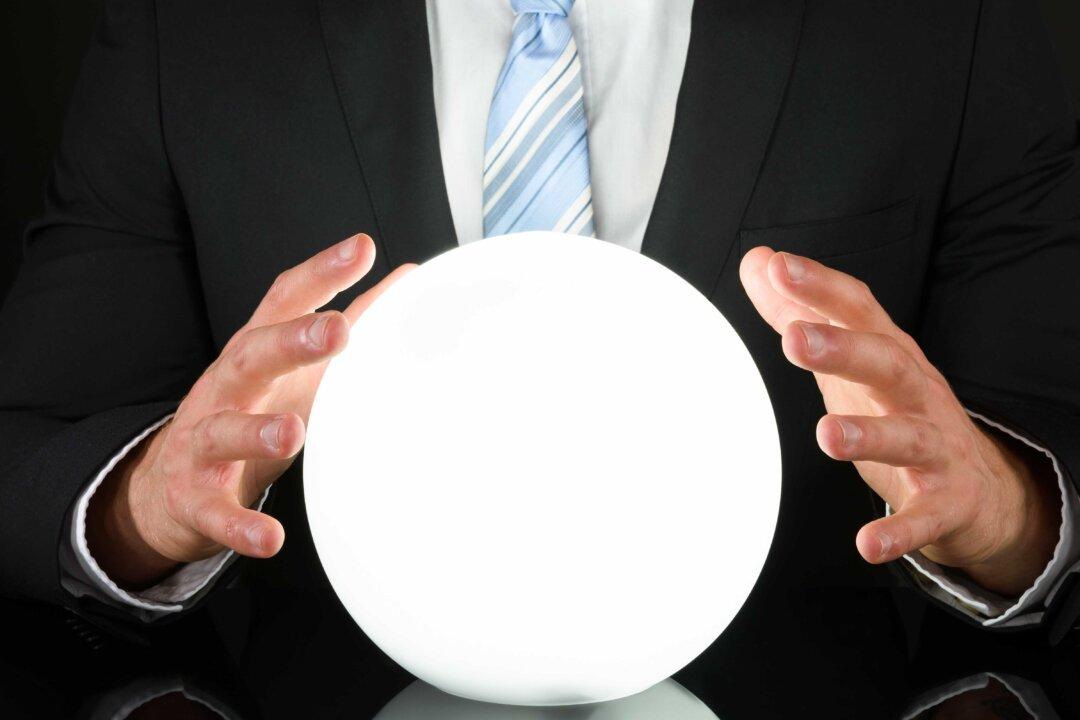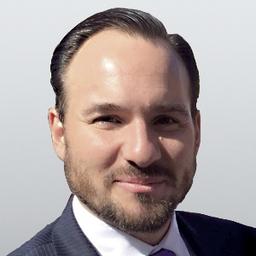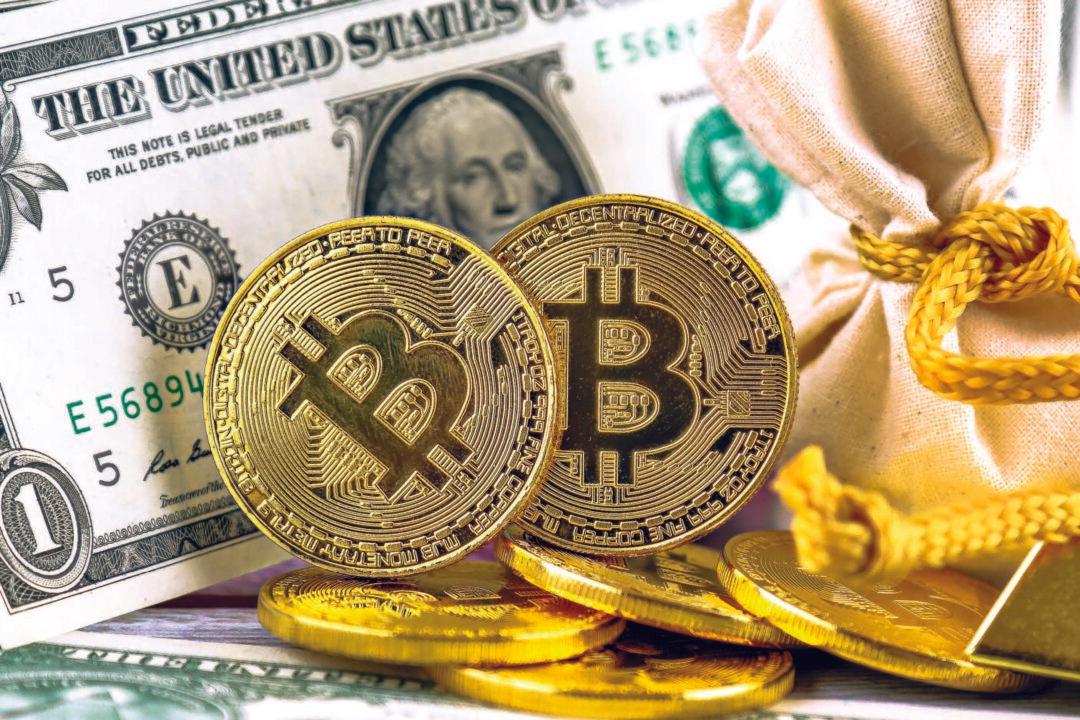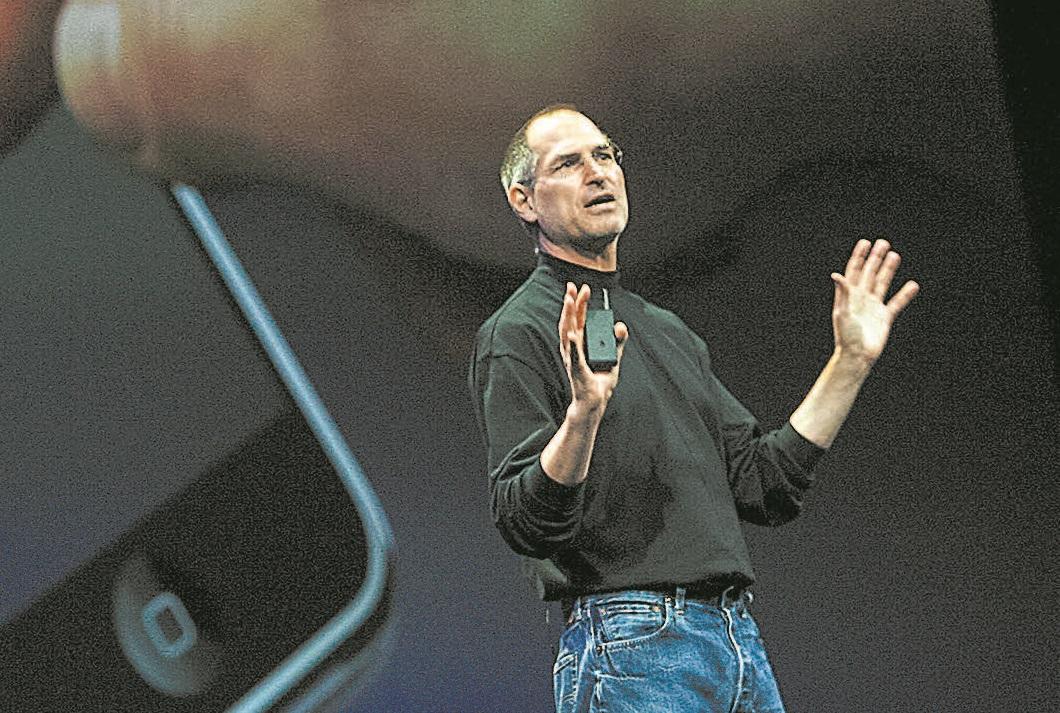Commentary
On the night of Tuesday, Nov. 8, 2016, and in the wee hours of Wednesday, Nov. 9, 2016, Donald Trump became U.S. president-elect. I am not aware of a single media source that predicted that. Many predicted Hillary Clinton would win. Some stayed out of the fortune-telling game.



